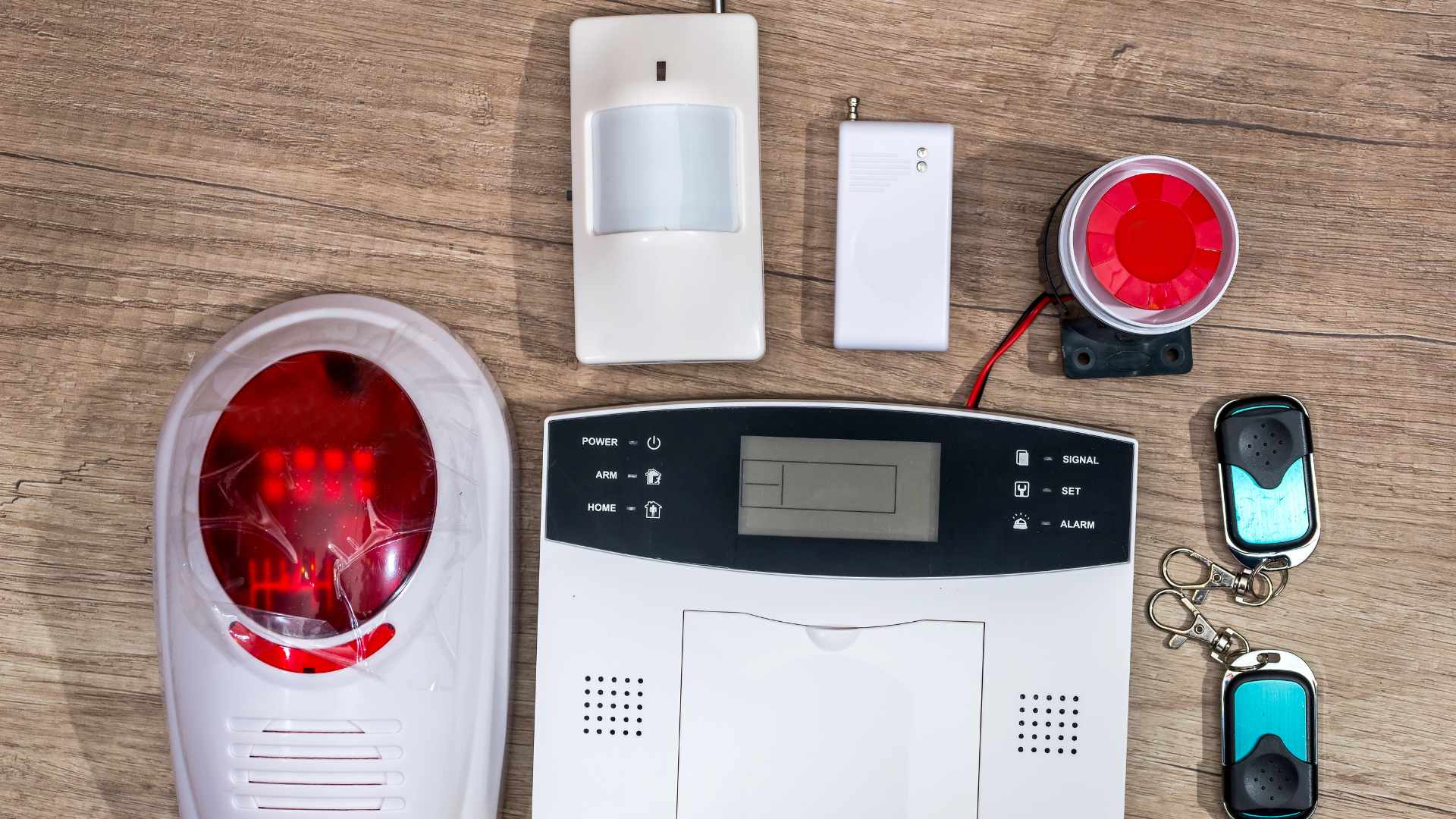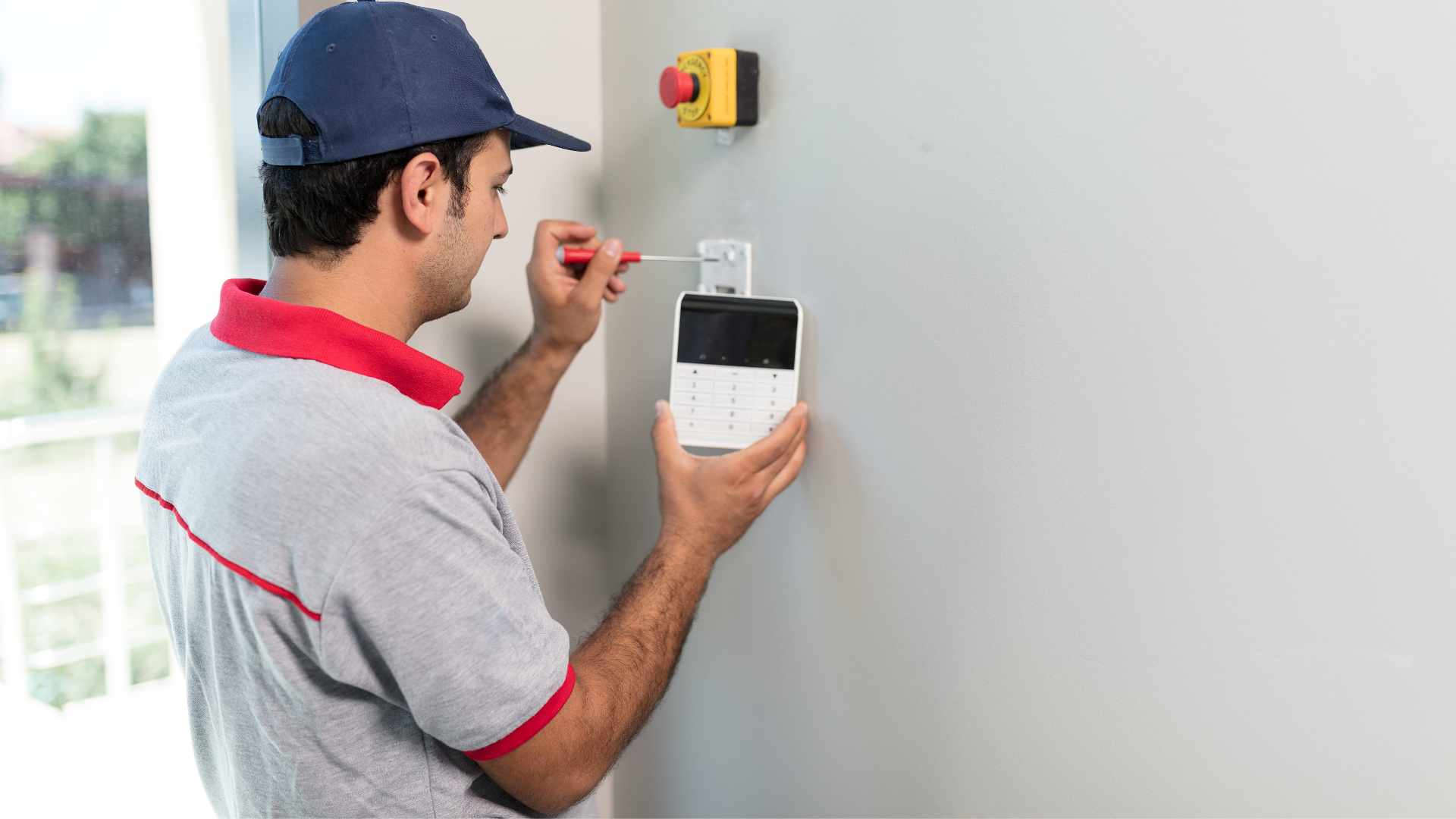In an era where cyber threats are becoming increasingly sophisticated and pervasive, safeguarding your automated security systems is more crucial than ever. This blog will provide an in-depth look at how to protect your systems against these evolving threats effectively.
Understanding and mitigating the risks associated with Managed Detection and Response (MDR), security automation, and zero-trust security programs are essential for robust cybersecurity. Organisations should carefully evaluate their security needs, choose appropriate technologies, and maintain active oversight to stay ahead of evolving threats.
This blog explores the risks and benefits associated with Managed Detection and Response (MDR), security automation, and zero-trust security programs. By understanding these elements, organisations can better protect their assets and navigate the complexities of cybersecurity.
What Is The Risk Of Managed Detection and Response (MDR)?
Understanding and mitigating the risks associated with MDR, security automation, and Zero Trust security programs are essential for robust cybersecurity. Organisations should carefully evaluate their security needs, choose appropriate technologies, and maintain active oversight to stay ahead of evolving threats.
Managed Detection and Response (MDR)
- Adaptability to Changing Attack Surfaces: The threat landscape is continually evolving, necessitating a flexible MDR solution that can adapt in real-time.
- Maintaining Workflow Integrity: Businesses often need MDR providers that enhance existing workflows without requiring complete overhauls, ensuring seamless integration with current processes.
- Expertise in Core Technologies: Selecting an MDR provider with deep knowledge of critical security controls, such as those provided by Microsoft, can significantly enhance a company’s defensive capabilities.
- Co-Managed Security Models: Effective MDR solutions often involve a partnership approach, where the provider works alongside the business to manage security operations without completely taking over, preserving internal control and visibility.
- Avoiding Dependency Risks: It’s crucial to choose MDR providers that do not lock businesses into proprietary platforms, which can introduce long-term risks and reduce flexibility.
- Comprehensive Monitoring and Support: Leading MDR services offer 24×7 monitoring, incident response, and support, utilising advanced threat intelligence to continually strengthen security postures.
Step-by-Step Guide to Protect Your Automated Security System
Implementing a secure automated system involves defining your architecture, ensuring robust authentication, conducting thorough assessments, building a secure development environment, protecting data, maintaining compliance, and continuously reviewing and auditing your security measures. This comprehensive approach helps mitigate risks and safeguard your business against evolving cyber threats.
Securing your automated systems is an ongoing process that requires careful planning, implementation, and regular review. By following these steps, you can create a robust security framework that protects your automation environment from potential threats. Regular third-party evaluations and adherence to industry standards further enhance your security posture, ensuring your business operations remain safe and resilient. As automation becomes increasingly integrated into business operations, securing these systems against cyber threats is paramount.
1. Define Your Architecture
- Map Your Network: Create a comprehensive network architecture diagram that includes all devices, communication protocols, and media connections (e.g., third-party interfaces, wireless access points).
- Device Inventory: Maintain a detailed list of all devices, including make, model, serial number, firmware version, and physical access levels. This helps in identifying and managing each component within your network.
2. Ensure Authentication and Access Control
- Multi-Layer Authentication: Implement robust authentication mechanisms such as multi-factor authentication (MFA) to ensure that only authorised users can access your systems.
- Role-Based Access Control (RBAC): Define distinct roles (e.g., RPA Administrator, Bot Builder) and grant access based on job functions. This minimises the risk of unauthorised access.
- Credential Management: Use credential vaults to store system and user credentials securely, avoiding hard-coding sensitive information within automations.
3. Assess Your Site
- Conduct Thorough Assessments: Regularly assess your site to identify and address vulnerabilities. Use network scanning tools to map all communication nodes and evaluate device security.
- Third-Party Evaluations: Engage independent third-party experts to validate your system’s security and provide insights into overlooked vulnerabilities.
4. Build a Secure Development Environment
- Software Development Life Cycle (SDLC): Ensure your development environment supports high availability and includes robust SDLC management. Conduct ongoing multi-layer security scans to detect and eliminate vulnerabilities.
- Endpoint Security: Utilise endpoint detection and response (EDR) and data loss prevention (DLP) solutions to enforce policies, detect anomalies, and remediate threats.
5. Implement Data Protection Measures
- Encrypt Data: Protect data at rest, in use, and in transit with industry-standard encryption technologies (e.g., AES-256, TLS 1.2). This ensures the confidentiality and integrity of sensitive information.
- Pseudonymization: Use data pseudonymization techniques to transform personal data into artificial identifiers, enhancing privacy and security.
6. Compliance and Continuous Monitoring
- Compliance Management: Regularly evaluate your systems against industry standards and regulatory requirements (e.g., HIPAA, PCI-DSS). Implement comprehensive audit logging to maintain compliance.
- Proactive Monitoring: Continuously monitor security operations to detect and respond to new vulnerabilities. Implement a secure SDLC process with distinct administrative roles and responsibilities.
7. Review and Audit
- Regular Audits: Schedule regular reviews of your security measures to ensure they remain effective and up-to-date. Update audit procedures as new tools and technologies emerge.
- Incident Response: Develop and maintain an incident response plan to handle security breaches promptly and efficiently. Ensure disaster recovery processes are in place and regularly tested.
Advanced Threat Protection
Advanced threats are sophisticated, persistent, and often difficult to detect. Here are key strategies to protect against these threats:
- Understand Your Environment: Know the assets, systems, and networks within your organisation. This includes understanding the architecture, ingress/egress points, and user behaviour patterns.
- Invest in Skilled Personnel: Employ competent security staff or partner with external experts. A knowledgeable team is crucial for effective threat detection and response.
- Layered Security: Implement multiple layers of security, including next-generation firewalls, endpoint protection, and advanced threat protection appliances. This multi-faceted approach helps to mitigate threats before they cause damage.
- Regular Audits and Testing: Conduct security audits and vulnerability assessments regularly to identify and address potential weaknesses.
- Behavioural Analytics: Use analytics to identify unusual patterns of behaviour that may indicate a threat. This can be more effective than traditional signature-based detection methods.
Security Automation
Automation plays a critical role in modern cybersecurity by handling repetitive tasks and improving response times. Here are some best practices:
- Prioritise Automation: Identify the most frequent and time-consuming security tasks and automate them. This allows security teams to focus on high-priority threats.
- Start with Manual Playbooks: Document current security processes and identify which steps can be automated. Gradually transition from manual to automated processes.
- Continuous Monitoring and Updates: Regularly update automation tools and security playbooks to adapt to new threats and vulnerabilities.
- Training and Education: Ensure that security personnel are trained to use automation tools effectively and understand when to escalate issues to human analysts.
- Standardisation: Implement standardised security processes across the organisation to ensure consistent and effective automation.
Advanced Endpoint Protection
Endpoints are often the weakest link in security defences. Advanced endpoint protection uses proactive technologies to safeguard these critical points:
- Machine Learning and Behavioral Analysis: AEP solutions use machine learning to analyse user and endpoint behaviour, identifying and blocking threats based on deviations from normal patterns.
- Security Analytics: These tools collect and analyse data from endpoints to detect suspicious activities and investigate security incidents. They help in understanding the root causes of breaches and preventing future attacks.
- Real-Time Threat Intelligence: Advanced endpoint protection solutions leverage real-time threat intelligence from external sources to stay updated on the latest threats. This reduces the time to detect and respond to new attacks.
- IoT Security: With the proliferation of Internet of Things (IoT) devices, securing these endpoints is critical. AEP solutions include features like whitelisting and file integrity monitoring to protect IoT devices from cyber threats.
- Endpoint Detection and Response (EDR): EDR solutions continuously monitor endpoints for suspicious behaviour, providing automated responses such as isolating infected devices or terminating malicious processes.
Conclusion
In the face of increasingly sophisticated and pervasive cyber threats, protecting your automated security systems is more crucial than ever. This blog has outlined comprehensive strategies to safeguard your systems against evolving threats, emphasising the importance of understanding and mitigating risks associated with Managed Detection and Response (MDR), security automation, and Zero Trust security programs.
You can create a strong security framework by following a step-by-step guide to secure your automated systems. This includes defining your architecture, ensuring robust authentication, conducting thorough assessments, building a secure development environment, and maintaining compliance. Regular reviews of its advanced protection strategies will help maintain a resilient security posture.
Advanced protection strategies, such as employing skilled personnel, leveraging automation, and utilising advanced technologies for endpoint protection, are essential for defending against sophisticated cyber threats. These measures, coupled with continuous monitoring and updates, proactive incident response plans, and adherence to industry standards, will ensure your business operations remain safe and resilient in the ever-evolving digital landscape.
By understanding the complexities of cybersecurity and implementing these best practices, your organisation can stay ahead of cyber threats and safeguard its assets effectively.
FAQs About Automated Security System
What Are The Key Components Of A Robust Automated Security System?
A robust automated security system includes managed detection and response (MDR), security automation, and Zero Trust security programs. It should also feature multi-layer authentication, role-based access control, comprehensive monitoring, endpoint detection and response (EDR), and regular security audits and assessments.
How Can You Ensure That Your Security Automation Processes Do Not Introduce Vulnerabilities?
To avoid vulnerabilities in security automation, prioritise automating the right tasks, ensure regular updates and oversight, and avoid a “set-it-and-forget-it” mentality. Conduct thorough assessments to identify potential weaknesses and continuously monitor automated processes to detect and respond to new threats.
What Steps Should You Take To Implement A Zero Trust Security Model?
Implementing a Zero Trust security model involves defining your future state, selecting appropriate technologies, identifying and planning for potential challenges, and establishing a phased implementation timeline. Key steps include enforcing strict authentication mechanisms, segmenting networks, and continuously monitoring and verifying user access.
How Can Managed Detection And Response (MDR) Enhance My Organisation’s Security Posture?
MDR enhances security by providing 24×7 monitoring, incident response, and advanced threat intelligence. It offers flexibility to adapt to changing attack surfaces, ensures seamless integration with existing workflows, and involves co-managed security models that preserve internal control and visibility while leveraging external expertise.
What Advanced Protection Strategies Should I Consider For My Automated Security System?
Advanced protection strategies include investing in skilled personnel, leveraging automation for repetitive security tasks, employing machine learning and behavioural analysis for threat detection, utilising real-time threat intelligence, and implementing comprehensive endpoint protection solutions. Regular audits, continuous monitoring, and proactive incident response plans further strengthen the security posture.


